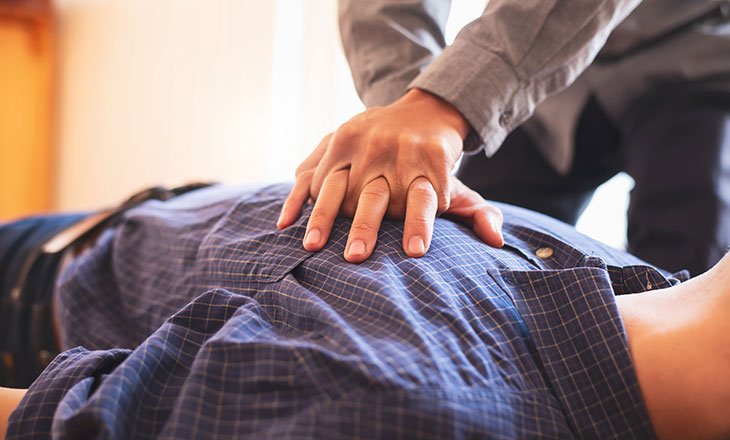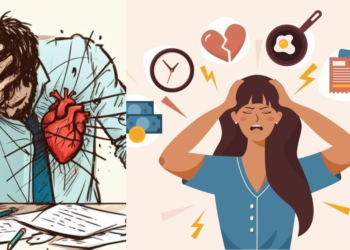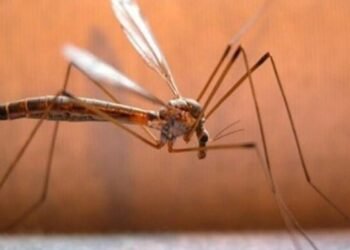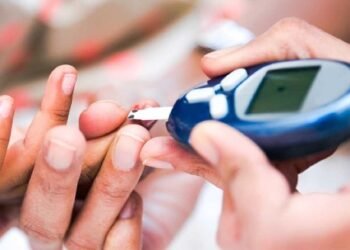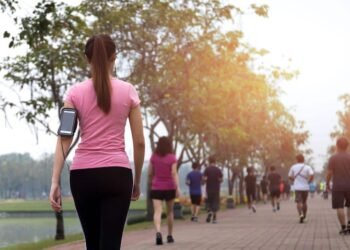When someone collapses suddenly and becomes unresponsive, the cause could be a sudden cardiac arrest (SCA) or a heart attack. While these terms are often used interchangeably, they are not the same. Understanding the difference — and how to respond — can save a life.
Difference Between Sudden Cardiac Arrest and a Heart Attack
- Heart Attack: A heart attack occurs when blood flow to part of the heart muscle is blocked. The heart usually continues beating but the patient may feel chest pain, shortness of breath, or nausea. It’s a circulation problem.
- Sudden Cardiac Arrest: This is an electrical malfunction that causes the heart to suddenly stop beating. The person will collapse, become unresponsive, and stop breathing normally. It’s a rhythm problem — and it’s fatal without immediate treatment.
A heart attack can lead to cardiac arrest, but not all cardiac arrests are caused by heart attacks.
ALSO READ: Alarming! Experts reveal the Silent Dangers of Coronary Artery Disease
Signs of Sudden Cardiac Arrest
-
Sudden collapse
-
No pulse
-
No breathing or abnormal breathing (gasping)
-
Unresponsiveness
What is the first aid treatment for heart attack?
Step-by-Step Guide to Perform CPR (Cardiopulmonary Resuscitation)
1. Check Responsiveness and Breathing:
-
Tap the person and shout loudly.
-
Look for chest movement or listen for breathing.
-
If unresponsive and not breathing normally, call for help.
2. Call Emergency Services
-
Ask someone to get an AED (Automated External Defibrillator) if available.
3. Begin Chest Compressions:
-
Place the heel of your hand in the center of the chest, with the other hand on top.
-
Push hard and fast:
Depth: At least 2 inches (5 cm)
Rate: 100–120 compressions per minute -
Allow full recoil between compressions. Don’t stop unless help arrives or an AED is ready.
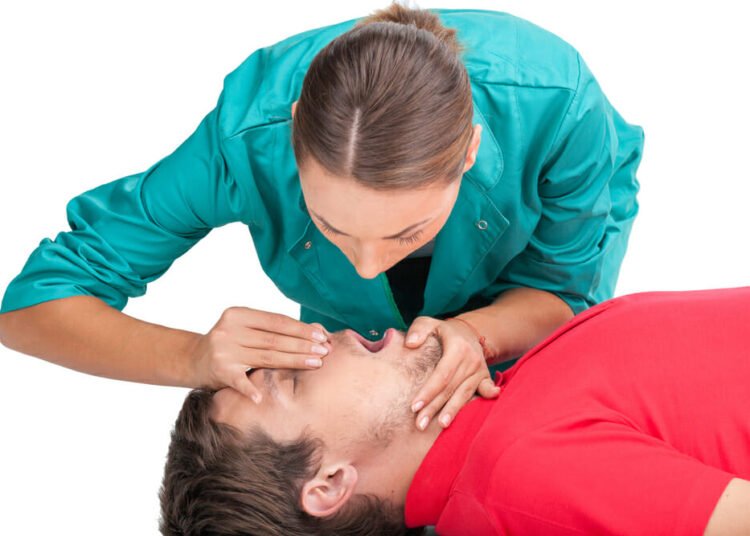
4. Rescue Breaths (Optional for Trained Individuals):
-
After 30 compressions, give 2 rescue breaths.
-
Tilt the head back, lift the chin, pinch the nose, and give a breath lasting 1 second.
-
Watch for chest rise.
ALSO READ: Health Insurance Benefits: Things to Consider while Choosing an Insurance Plan?
How to Use Automated External Defibrillator
1. Check for Response & Breathing
-
Tap the person and shout: “Are you okay?”
-
If no response and not breathing (or only gasping), call emergency services and start CPR.
-
Ask someone to get an AED immediately.
2. Turn on the AED
-
Open the AED lid or press the “On” button.
-
It will give audio/visual instructions—follow them carefully.
3. Expose the Chest
-
Remove clothing and ensure the chest is dry.
-
If chest is wet or sweaty, wipe it dry.
4. Attach AED Pads
-
Peel pads and place:
– One pad on the upper right chest (below collarbone) and Second pad on the lower left side of the chest (below armpit).
-
Pads should not touch each other.
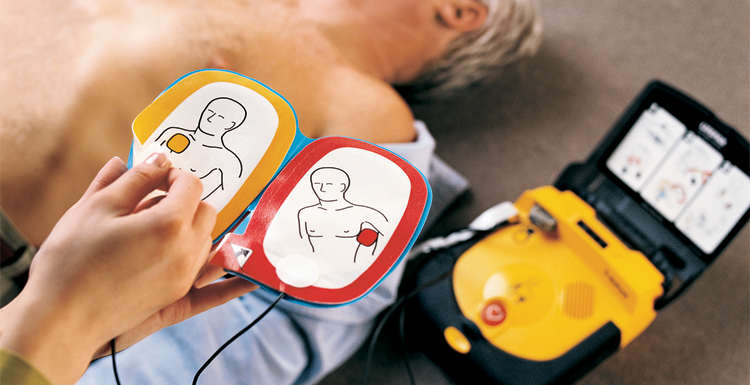
5. Stand Clear
-
AED will analyze the heart rhythm.
-
Do not touch the person during analysis.
-
The AED may say: “Shock advised” or “No shock advised”.
6. Deliver the Shock (if advised)
-
Ensure everyone is clear.
-
Press the “Shock” button if prompted.
-
Some AEDs deliver the shock automatically.
7. Continue CPR until professional help arrives
- Keep switching between AED and CPR until paramedics arrive or the person regains conciousness
ALSO READ: Analysis! Are We Doing Enough to Combat the Rise in Cancer Cases?
Conclusion
Knowing how to perform CPR and use an AED is a vital skill that can make the difference between life and death in emergencies. Whether at home, work, school, or public spaces, immediate action saves lives. Consider getting certified today — your hands could be someone’s lifeline tomorrow.


